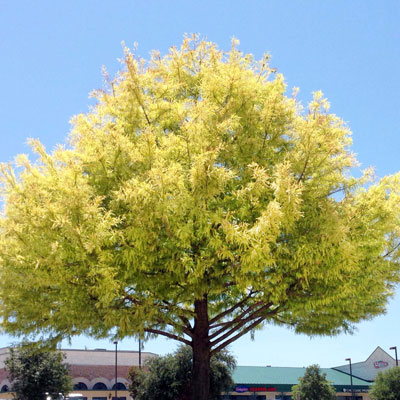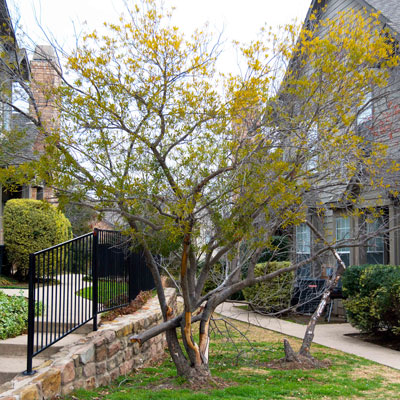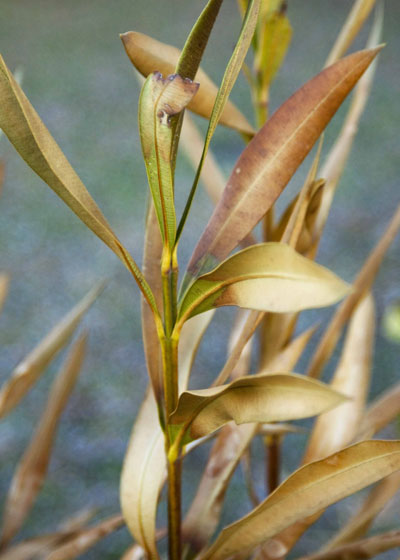Three Plants I’ll Never Try Again (and why)
At the outset I need to explain that I live and garden in McKinney, Texas. It’s a fast-growing suburb on the northeast side of Dallas.
Our county (Collin County) sits on highly alkaline soils, and our irrigation water is even more alkaline. We are in what I still claim to be Zone 7 (temperatures nearing single digits most winters). We get 35 inches of rainfall on average, for whatever good averages do (70 inches last year, and 23 inches the year before that).
Over the 38 years that we’ve lived here, I’ve seen some dramatic successes and a few even more dramatic failures in the plants that I’ve chosen. I have my own personal list of plants that will not be invited back into my landscape. Of the thousands of you who will read this, hundreds of you will be from my town. But many others of you will be from other areas. So these very strong opinions may or may not apply to your plants and your city. But to me, each of these three has proven to be a sorry-dog loser at my place. I’ll give details.
Bald cypress. This tree is fabulous where soils are deep (preferably acidic) and constantly moist. But it shows browning and burn when it gets dry, and much more than that, it turns mustard-yellow in alkaline soils. The alkalinity causes available iron to become insoluble. Not every bald cypress tree reacts this way, but having lived along the I-35 corridor for the past 46 years, I see it often enough that I’m not planting this again until I live where there are more favorable soils. I’m not holding my breath.

Bald cypress growing in my town. Every year the iron deficiency has gotten worse.
Wax myrtle. This was first highly promoted as an alternative to tree-form yaupon hollies. But in my landscape, about five years after I planted them, they started to lose major trunks, one at a time. I’ve been watching them closely in the ensuing 30 years, and it happens lots of places. In fact, it’s rare to see a nice one 10 or 12 years after planting anywhere in the Metroplex. It does much better in South and Southeast Texas. But again, I’m just venting relative to my own landscape.

This wax myrtle in McKinney is doing the highly predictable “branch-at-a-time” dieback.
Oleander. Sometime I’d like to live where oleanders grow and bloom to profusion. They are so glorious when they’re happy. But I’ve tried them six or eight times, and they’ve frozen every single time. Just like gardenias here in Collin County. Sure – I know that they’re poisonous, but mine never grew large enough to be a risk. Plus I have taught my kids and grandkids that you just don’t eat things at random. So, no thanks to any more tries.

Oleanders struggle with temperatures in the mid- to low teens. And when they freeze and die back, they rarely flower well the next couple of years.
Folks, this isn’t going to be of much use if you live in drastically different parts of Texas than my wife and I do, but that’s not my main goal. I was hoping to empower you to create a similar list of plants that have caused you angst just one time too many. Gardening needs to be fun, not frustration. It’s OK to check plants off your shopping list forever.
There. I feel better.
